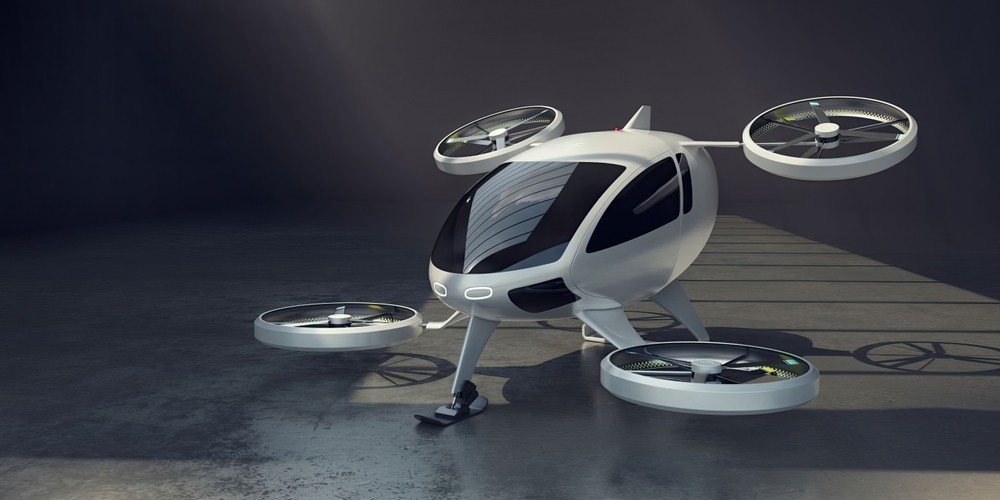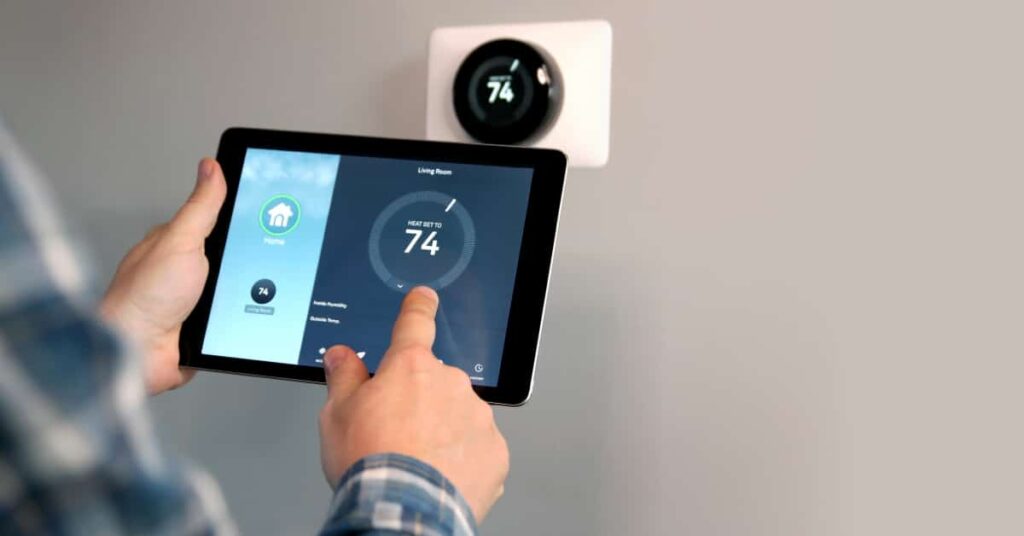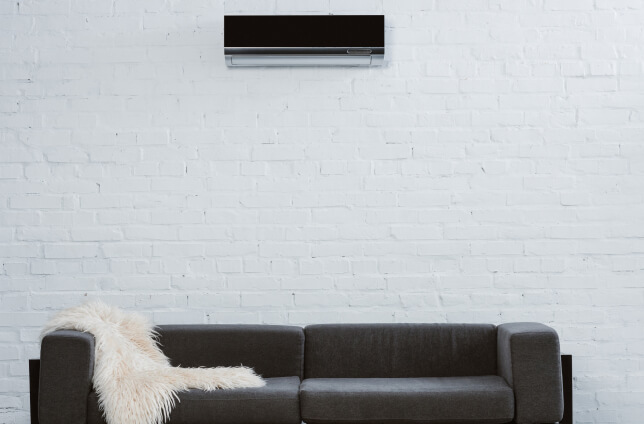Cleaner Air Travel

Towards Cleaner Air Travel: Electric Vehicle Innovations
In the pursuit of cleaner air travel, researchers are focusing on developing batteries specifically designed for airborne electric vehicles (AEVs). These vehicles, capable of vertical take-off and landing, mark a significant advancement in sustainable transportation.
These aircraft, commonly called eVTOLs, range from delivery drones to urban air taxis. They are designed to rise into the air like a helicopter and fly using wing-borne lift like an airplane. Compared with helicopters, eVTOLs generally use more rotors spinning at a lower speed, making them both safer and quieter. The airborne EV’s aren’t just flying cars, and ORNL researchers conclude that eVTOL batteries can’t just be adapted from electric car batteries. So far that has been the dominant approach to the technology, which is mostly in the modeling stage.
Researchers are delving into battery innovation, creating new materials with high energy density and testing their performance under extreme conditions. They’re also working on advanced battery control systems to optimize energy usage, improve efficiency, and ensure the safety of AEVs during flight. These efforts are essential for making electric aviation a viable option.
The benefits of these advancements extend beyond air travel, offering potential reductions in carbon emissions and environmental impact compared to traditional aviation. AEVs represent a step towards more sustainable transportation solutions, paving the way for a future with cleaner and more accessible aerial mobility.
As research progresses and technology improves, the possibility of cleaner transportation becoming a reality grows closer. Each breakthrough in battery innovation brings us nearer to a future where sustainable air travel is not just a dream but a tangible possibility.








